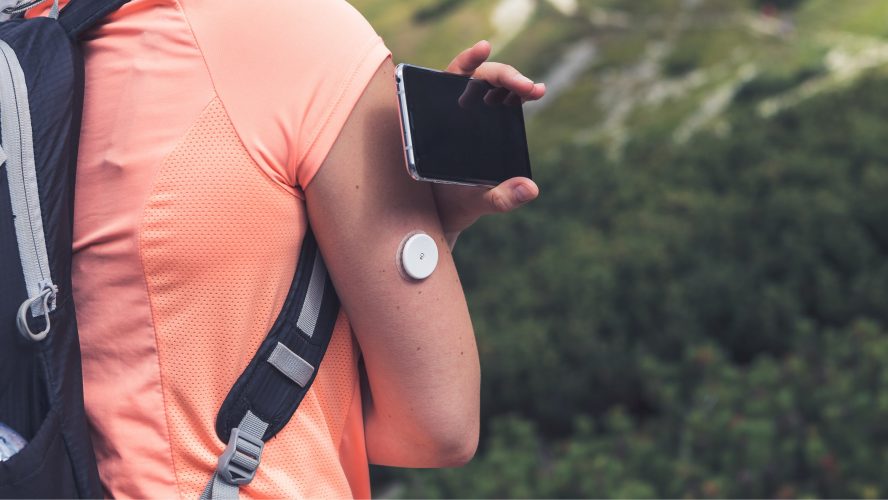
Liz Perraudin
Policy Officer, Diabetes UK
Over the decades, technology has rapidly evolved to become an integral part of our day to day lives. Work, social lives, entertainment etc – there is no area that technology hasn’t touched, and this includes our health and wellbeing.
Technology has transformed the lives of people living with diabetes. 40 years ago, blood sugar testing was done using a urine dip-stick test that told you what your blood sugar had been a few hours ago. Today, Flash and continuous glucose monitors (CGM) not only tell you what your blood sugar is doing now, but what it was doing overnight and the direction of travel it is heading in.
Indeed, closed-loop, artificial pancreas technology is developing in a way that means we may soon see a world where blood sugar testing and insulin delivery are completely integrated, requiring limited input from the person with diabetes. Some people describe this type of technology as a ‘practical cure’ for diabetes.
Living with diabetes can be an emotional burden
The need for diabetes technology is very much apparent in that the management of diabetes is relentless, making it much more than just a physical condition. Living with the condition can be tough and keeping on top of it can be a struggle. Surveys we’ve carried out show that seven in ten people living with different types of diabetes feel overwhelmed by the demands it puts on them. It can also affect the emotional and psychological wellbeing of those close to them.
In diabetes, psychological wellbeing and physical health have a two-way relationship. While the demands of living with the condition can affect how people feel; struggling emotionally can make it even more difficult to keep on top of self-management. And when diabetes cannot be well managed, the risk of dangerous complications increases.
We know that diabetes technology can help. In fact, our recent survey found that 67% of people who had used diabetes tech, like insulin pumps, Flash and CGM said they felt more confident managing their diabetes as a result.
A recent audit of Flash glucose monitor users in the UK found the technology has helped improve blood glucose control, increase awareness of low blood glucose levels and reduce hospital admissions, which in the long term can potentially save the NHS a significant amount of money.
Location, affluence and ethnicity can all impact access to tech
There is no doubt that diabetes technology has the potential to significantly improve the lives and clinical outcomes of people living with diabetes. However, there is a big problem with access. In the UK, there is significant variation in access depending on where a person lives, their level of deprivation and their ethnicity – sometimes referred to as ‘postcode lotteries’.
Sadly, despite our successful campaign to make Flash glucose monitoring available on prescription across the UK to everyone who meets the NHS criteria – no matter where they live – some people are still denied access. With insulin pumps, data shows that, while in some areas, over 40% of people with type 1 diabetes are using one, in others it is under 5%.
Diabetes UK is working to ensure people living with all types of diabetes have access to the technologies they could most benefit from. This work is more important than ever, as the pandemic has left people with diabetes unable to access their diabetes healthcare team and health checks, causing further stress as they try to manage their condition. Diabetes technology can help and as we continue to navigate these difficult times, it is vital that people are given the tools they need to handle it.



